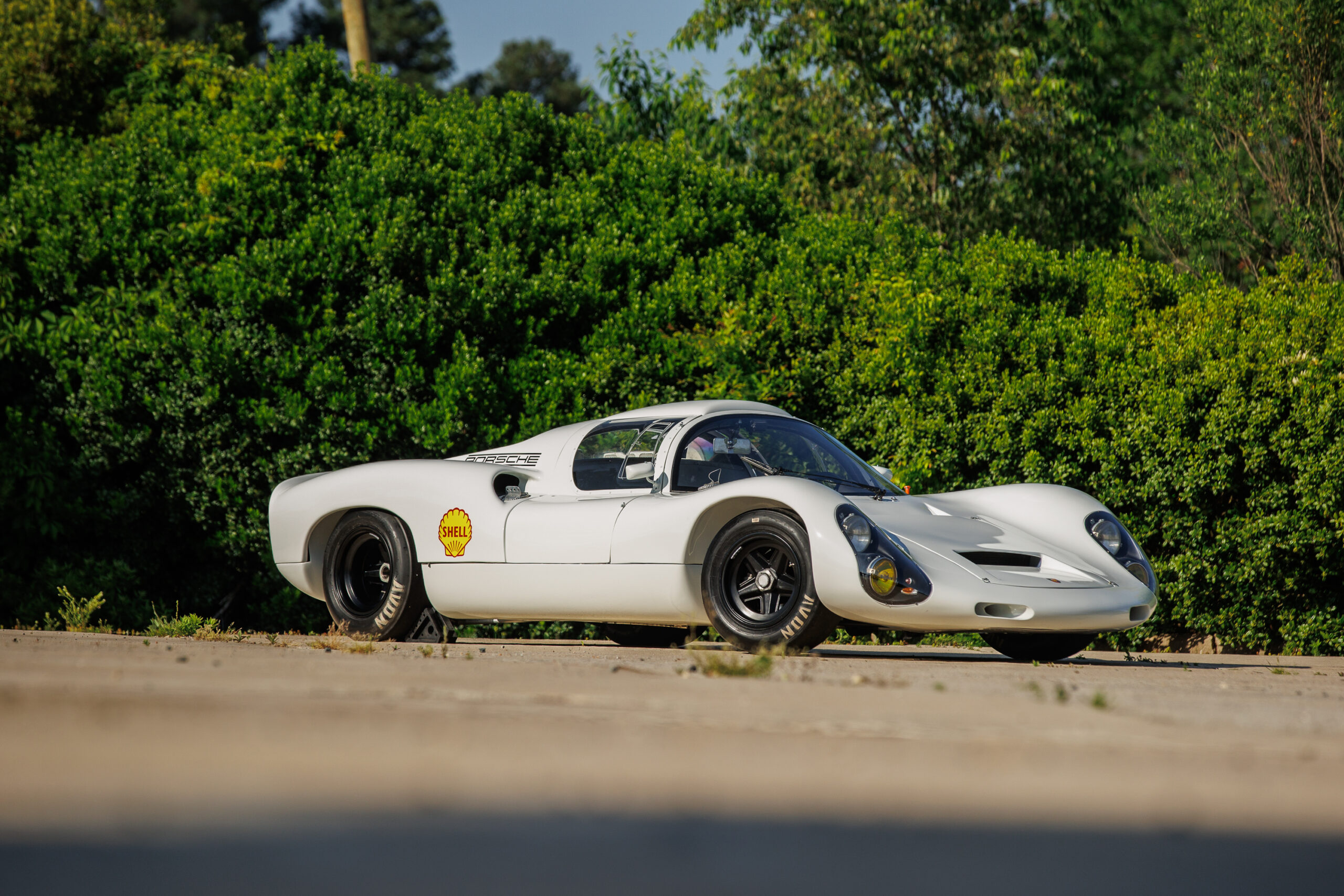Ernst Fuhrmann was one of Ferry Porsche’s first post-war employees and is largely responsible for the beginning of Porsche’s dominance in motorsports in the early 1950s. His brilliant mechanical mind led him to produce one of the most complex but potent engines in Porsche’s history, and one that eventually made its way into 356 road cars under the moniker “Carrera”, named after the grueling Carrera Panamericana race.
He studied engineering at Vienna Technical University between 1936 and 1941. He worked at the AEG Research Institute in Berlin on ultrasound and infrared devices when the technology was in its infancy and worked various jobs after the war as a mechanic and watchmaker, two jobs that lent themselves well to his technical proclivities and perhaps laying the foundation for some of the concepts for the four-cam engine he would later design. In 1947, he joined Porsche Konstructionen GmbH which was then based in Gmünd, where he worked under Karl Rabe as an engineer on a number of projects, including the development of the Cisitalia Type 360 racer. He eventually graduated after the war in 1950 with his thesis on valvetrain- its subject was “Cam drive control of high-speed combustion motors”.
In 1952, Fuhrmann was tasked to design and build a high-performance racing motor that would be based on the four-cylinder boxer motor, and be capable of producing 100 horsepower-per-liter. Porsche’s pushrod engines were quickly reaching the end limits of their potential in both engine speed and thermal capacity. Furhmann and his team were free to choose their decisions regarding crank, valvetrain, and ignition, but the engine was due to be produced in an incredibly ambitious deadline- it was due to be available for the 1953 racing season. That left the team just over six months to design, produce and test the engine. Allegedly, the four-cam engine had been covertly in development for some time, perhaps dating back to Furhmann’s college thesis work, its parts hidden in a drawer under a workbench so that it could quickly be closed when someone outside of the circle entered the room.
Incredibly, the team pulled off the seemingly impossible feat, working around the clock, often working well into the evenings or overnight, and sometimes sleeping at the workshop. By the first weekend of August 1953, the new 547/1 motor was installed into a 550 Spyder for its first test drive. It proved to be a successful design, as just a week later, a 550 Spyder piloted by Hans Stuck won at the Freiburg-Schauinsland Hill Climb competition. Less than a year later, Hans Hermann and Herbert Linge took a first-in-class victory and sixth place overall in the Mille Miglia, and the 547/1 equipped 550 Spyders again took victory in their classes at the 24 Hours of Le Mans.
Furhmann himself confessed that he had designed the motor with the intention to fit it in a production car, particularly, his own. “I kept the racing motor as small and compact as possible, so I could use the racing motor later in my company car”.
After extensive testing, the four-cam motor was deemed to be suitable for series production, and the first four-cam powered road car offered for sale to the public in a 356 was released in July of 1955 as the 356A 1500 RS Carrera. Carrera became the moniker synonymous with four-cam-powered cars from 1955 to 1964.
In this video, our sales manager Tim Kuhn and four-cam engine builder Simon Briggs discuss Ernst Fuhrmann’s genius and delve into some of the intricacies of the Four-Cam engine with three milestone examples of the 356 Carrera.



